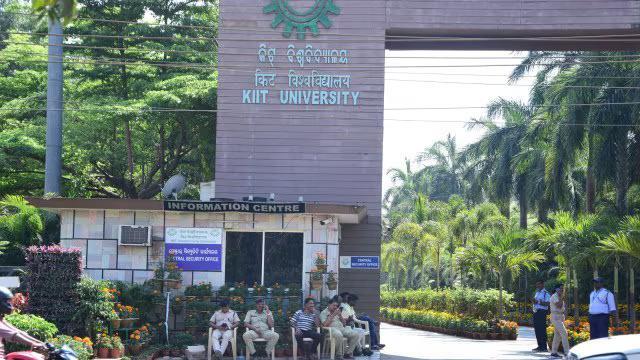
University Didn’t Act on Her Complaint: Father of KIIT Victim
The tragic death of a 20-year-old Nepali girl at KIIT University in Odisha has sent shockwaves across the nation. The student, who had been a victim of harassment and bullying, took the drastic step of ending her life after the university failed to take adequate action on her complaint. The father of the deceased student has come forward to share his story, blaming the university for not taking her complaints seriously.
According to the news report, the student had approached the university’s Internal Complaints Committee (ICC) and filed a complaint against her classmates who had been harassing her. However, despite the promise of action, the university failed to take concrete steps to address the issue. The student’s father has expressed deep disappointment and frustration at the university’s lack of response, which he believes contributed to her tragic demise.
The student’s father spoke to the media, saying, “I had last spoken to my daughter at 2:15 pm on February 16. She had told me that she had filed a complaint against her classmates, but the university was not taking any action. She was very upset and frustrated.” He added, “I had expected the university to take immediate action, but it did not happen. I feel that if they had taken action, my daughter would still be with us today.”
The university’s registrar, Jnyana Ranjan Mohanty, has defended the institution’s actions, stating that the ICC had called both students involved in the incident and counselled them. The accused student was also warned not to repeat the behavior in the future. However, the student’s father disputes this account, saying that his daughter had told him that the university had not taken any concrete action to address the issue.
The incident has raised serious concerns about the university’s handling of harassment and bullying cases. The student’s father has demanded a thorough investigation into the matter and has called for the university to take concrete action to prevent such incidents in the future.
The KIIT University is one of the most prestigious institutions in Odisha, attracting students from all over the country. However, this incident has cast a shadow over the university’s reputation, and many are now questioning the institution’s commitment to providing a safe and secure environment for its students.
The student’s death is a stark reminder of the devastating impact that harassment and bullying can have on individuals. It is essential that educational institutions take concrete steps to address these issues and provide support to students who are victims of harassment.
In recent years, there have been several instances of students committing suicide due to harassment and bullying in educational institutions across the country. These incidents are a wake-up call for educational institutions to take concrete action to prevent such tragedies from occurring in the future.
The KIIT University incident has also raised questions about the effectiveness of the university’s internal mechanisms for handling complaints. The student’s father has expressed frustration at the lack of transparency and accountability in the university’s handling of the complaint.
The incident has also sparked outrage on social media, with many calling for the university to take responsibility for the student’s death. The hashtag #JusticeForKIITStudent has been trending on Twitter, with many expressing their condolences and outrage at the incident.
The student’s death is a tragic reminder of the importance of creating a safe and secure environment for students. Educational institutions must take concrete steps to prevent incidents of harassment and bullying, and provide support to students who are victims of such behavior.
In conclusion, the death of the 20-year-old Nepali girl at KIIT University is a tragic reminder of the devastating impact that harassment and bullying can have on individuals. The university’s failure to take concrete action on her complaint has led to widespread outrage and disappointment. It is essential that educational institutions take concrete steps to prevent such incidents from occurring in the future.






